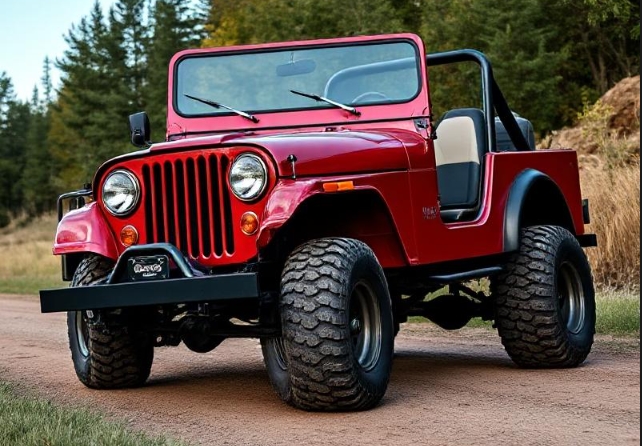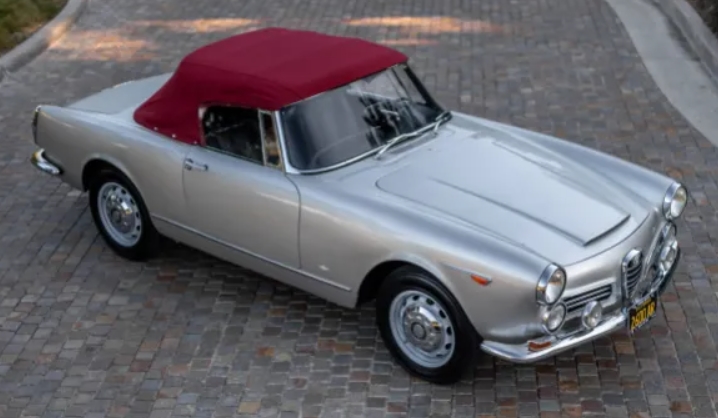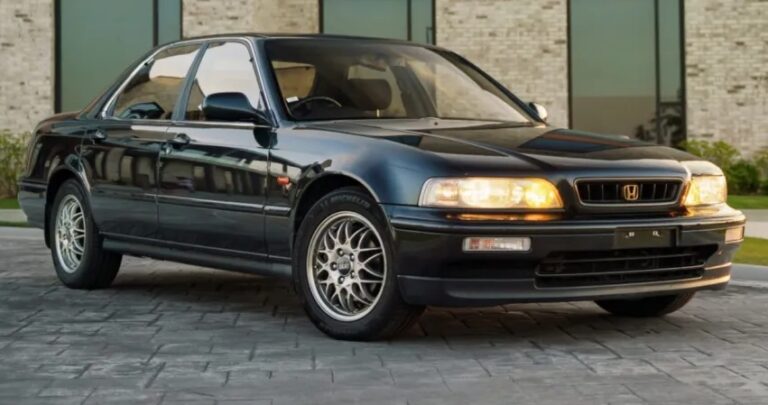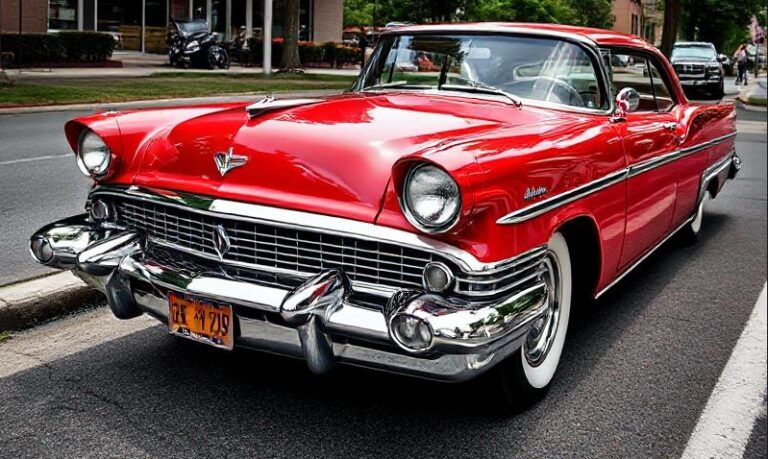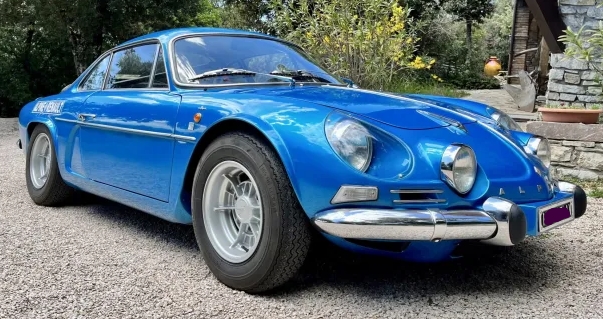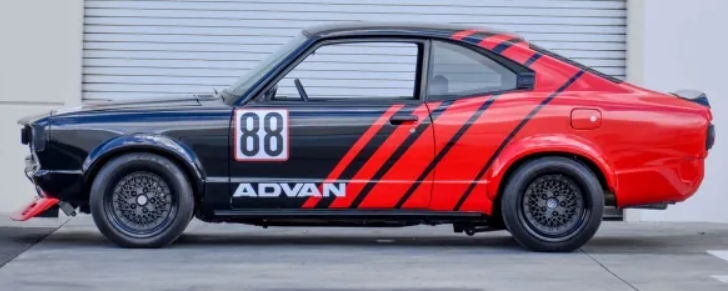The Evolution of the Jeep CJ: A Tribute to a Timeless Classic
The Jeep CJ (Civilian Jeep) represents a rich legacy in automotive history, symbolizing ruggedness, versatility, and the quintessential American spirit. Since its introduction in 1945, the Jeep CJ has evolved through various models and trim levels, earning a place in the hearts of off-road enthusiasts and automotive aficionados alike. This article explores the fascinating journey of the Jeep CJ, highlighting its production years, models, and trim levels.
Origins of the Jeep CJ (1945-1968)
CJ-2A (1945-1949)
Following World War II, Willys-Overland introduced the CJ-2A, which became the first civilian Jeep. Designed for agricultural and utility purposes, the CJ-2A featured a 2.2L Go Devil engine that produced 60 horsepower. Key characteristics included a flat fender design, a fold-down windshield, and high ground clearance, making it versatile for various terrains. The CJ-2A was a hit among farmers and outdoor enthusiasts, paving the way for future models.
CJ-3A (1949-1953)
The CJ-3A was introduced in 1949 as an update to the CJ-2A. It retained the rugged characteristics while introducing a higher hood and a more refined windshield. The CJ-3A came with an upgraded 2.2L engine, providing additional power and improved drivability. This model also introduced the option for a power take-off (PTO) for agricultural implements, solidifying its role as a workhorse.
CJ-3B (1953-1968)
Launched in 1953, the CJ-3B featured a distinctive high hood, accommodating the new F-head 2.2L engine with 75 horsepower. This model gained popularity in developing countries due to its reliability and ease of maintenance. The CJ-3B was available in various configurations, catering to off-road and utility needs.
The Golden Era of the Jeep CJ (1967-1986)
CJ-5 (1954-1983)
In 1954, the CJ-5 was introduced, marking a significant shift in the Jeep lineup. Maintaining the core characteristics of its predecessors, the CJ-5 was longer, wider, and more comfortable for everyday use while still offering off-road capability. The model was powered by an array of engines, including the 2.2L four-cylinder and later the V6 engines from the Buick 225 cubic inch series. Trim variants included the base model, as well as the more luxurious CJ-5 Renegade, equipped with unique graphics, upgraded interiors, and enhanced suspension.
CJ-6 (1955-1975)
Parallel to the CJ-5’s production, the CJ-6 was introduced as an extended version, featuring a longer wheelbase that allowed for more cargo space. The CJ-6 provided the same versatility and ability as the CJ-5 while catering to those needing extra room. However, due to its limited appeal, the CJ-6 remained in production for a shorter period.
CJ-7 (1976-1986)
The CJ-7 emerged in 1976 as a more refined alternative to the CJ-5. With a longer wheelbase and wider stance, the CJ-7 offered enhanced stability and improved off-road performance. Significant improvements included a more spacious interior, the introduction of automatic transmission options, and advanced suspension systems. The CJ-7 was available in various trim levels, including the higher-end CJ-7 Laredo, which featured upgraded upholstery, chrome accents, and a more robust standard equipment package.
.

.
CJ-8 Scrambler (1981-1985)
The CJ-8 Scrambler was introduced as Jeep’s first pickup truck based on the CJ platform. With a longer wheelbase than the CJ-7, the Scrambler offered improved cargo capacity while maintaining the classic Jeep trailblazing capabilities. It was available with multiple configurations and engines, appealing to both off-road enthusiasts and those needing a practical utility vehicle.
The Final Production Years and Transition (1986)
The CJ series concluded with the 1986 model year, after which Jeep transitioned to the Jeep Wrangler (YJ) in 1987. The CJ’s legacy, however, continued to influence the design and spirit of the Wrangler, which retained many features beloved by CJ enthusiasts.
Trim Levels and Features
Throughout its production, the Jeep CJ was known for its customizable nature. The availability of various options made each model unique to its owner. Common features across different trims included removable doors, folding windshields, and an array of optional equipment such as winches, higher-capacity differentials, and upgraded tires for those looking to enhance their off-road performance.
Legacy and Influence
The Jeep CJ’s impact on the world of off-roading and American automotive culture cannot be overstated. Its rugged design and reliability made it a favored choice not only for civilian drivers but also for military applications in different countries. As the original civilian Jeep, it paved the way for modern four-wheel drives, influencing numerous manufacturers in developing off-road vehicles.
The transition to the Jeep Wrangler in the late 1980s marked the evolution of the CJ Spirit. The Wrangler retained many traits of the CJ but introduced modern refinements and technological advances, leading to its own legendary status in the off-road community.
Conclusion
The Jeep CJ remains an iconic symbol of freedom and adventure. Its evolution from the simple, utilitarian CJ-2A to the more sophisticated CJ-7 and CJ-8 Scrambler tells a story of innovation and passion for off-roading. The CJ series laid the foundation for Jeep’s future, ensuring that the spirit of exploration and ruggedness continues to thrive in every vehicle that carries the Jeep name. Today, as classic CJs find their place in car shows and collectors’ garages, they serve as a reminder of an era when the adventure began for civilian automobiles. Whether you’re an enthusiast, a collector, or simply a fan of automotive history, the story of the Jeep CJ is one worth celebrating.
